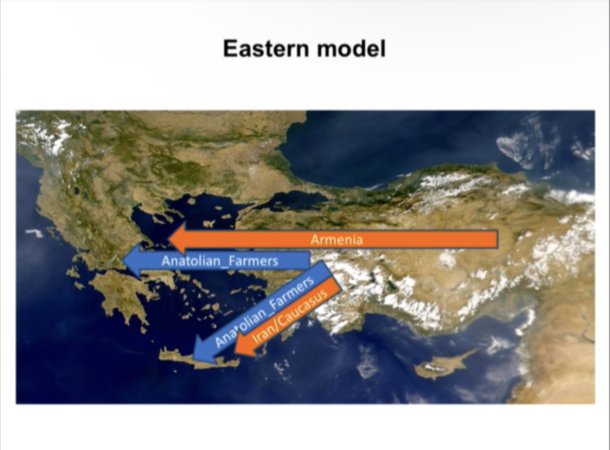PaleoRevenge
Regular Member
- Messages
- 962
- Reaction score
- 680
- Points
- 93
The people from Kamenice tumulus were precursor to latter Enchelei and Taulanti Southern Illyrian tribes. Southern Illyrians were more of a people descended from Matt-Painted Pottery People with heavy Glasinac-Mat influences.
As the saying goes: It is what it is.
It's too bad other sites in southern Albania are not being sampled, we know from indirect evidence that I-M223 had to have been present as a companion to R-PF7563 in Albania.



